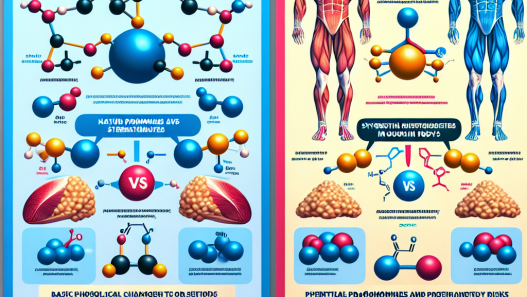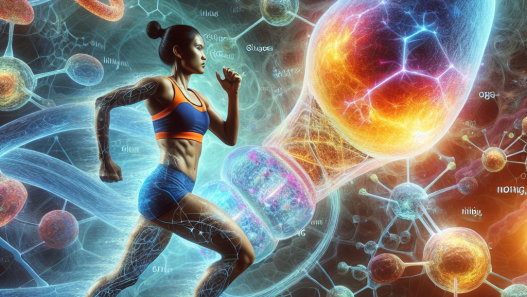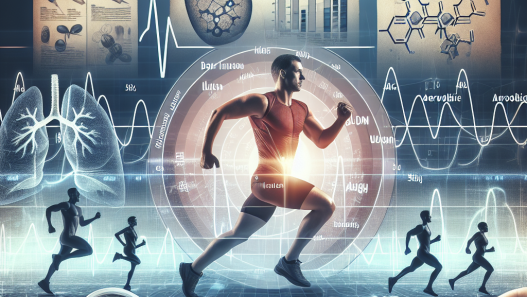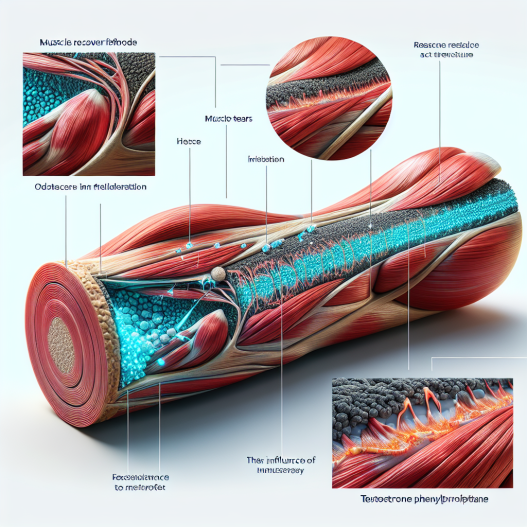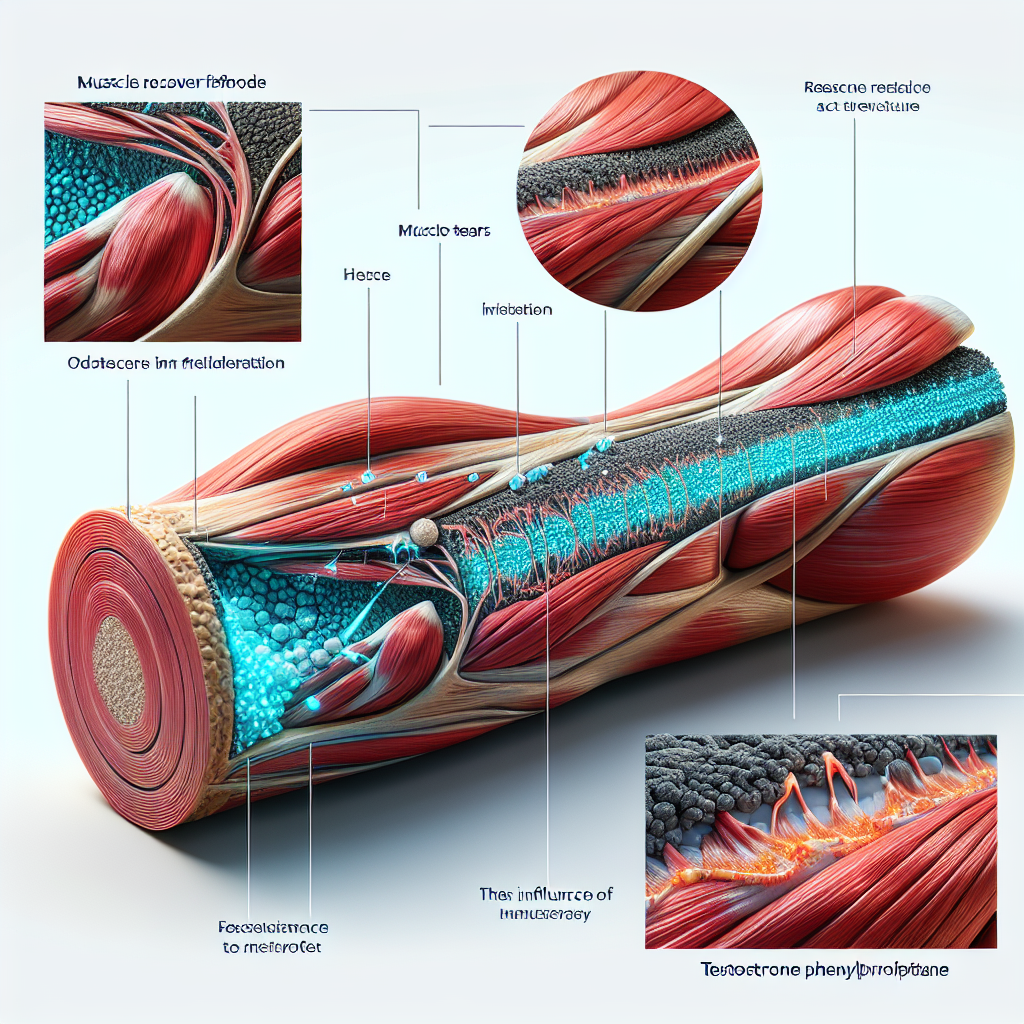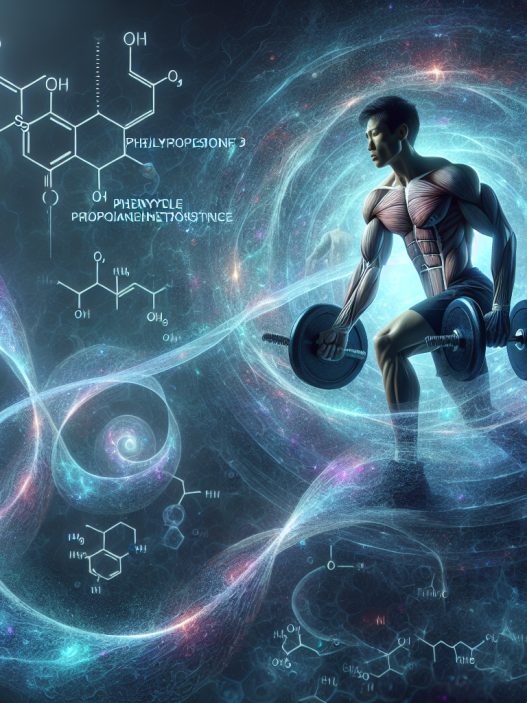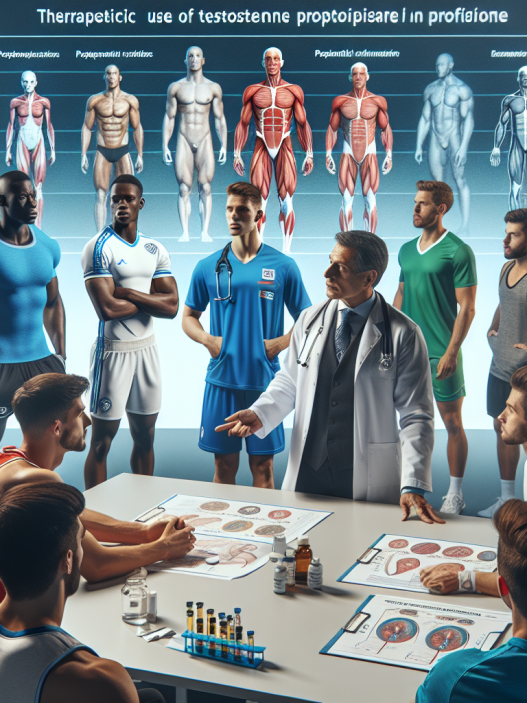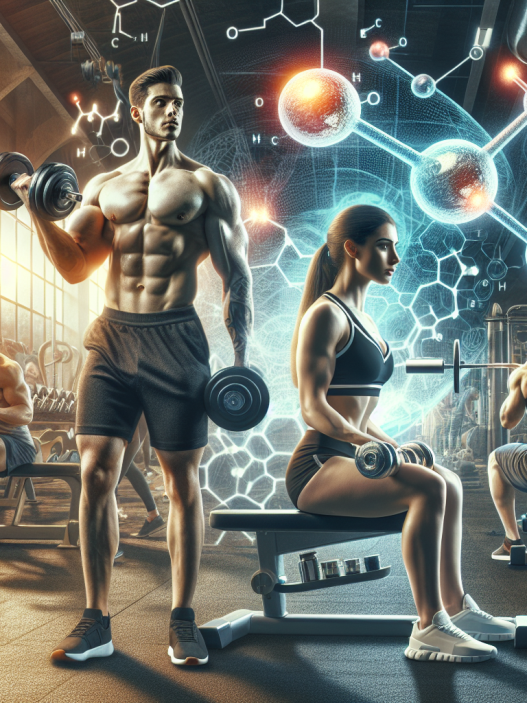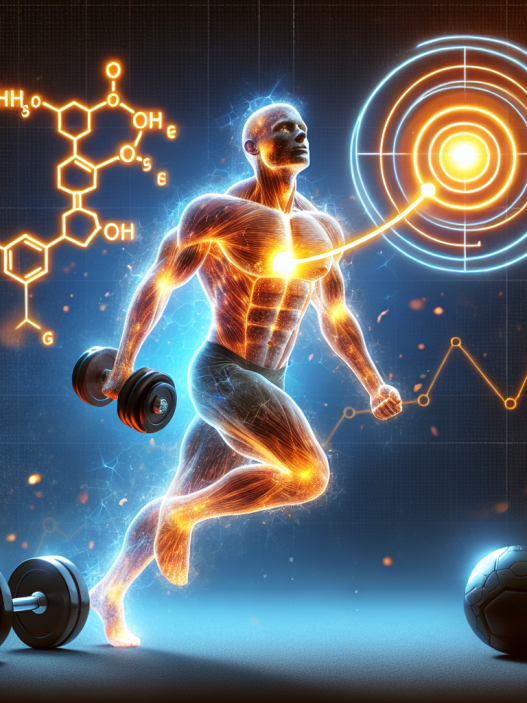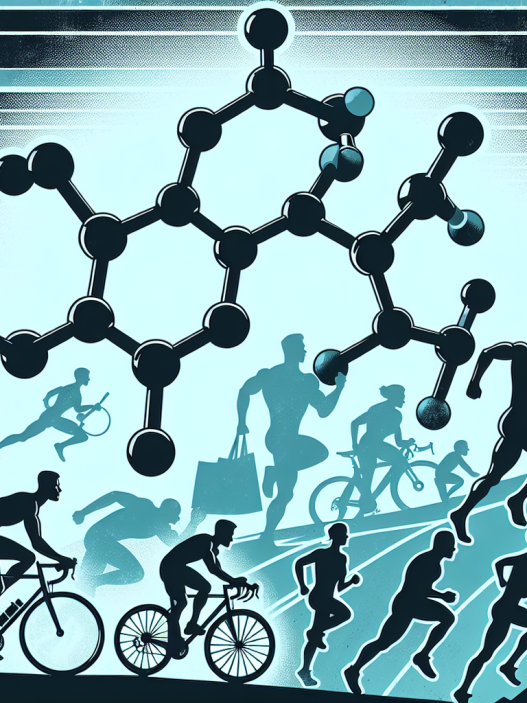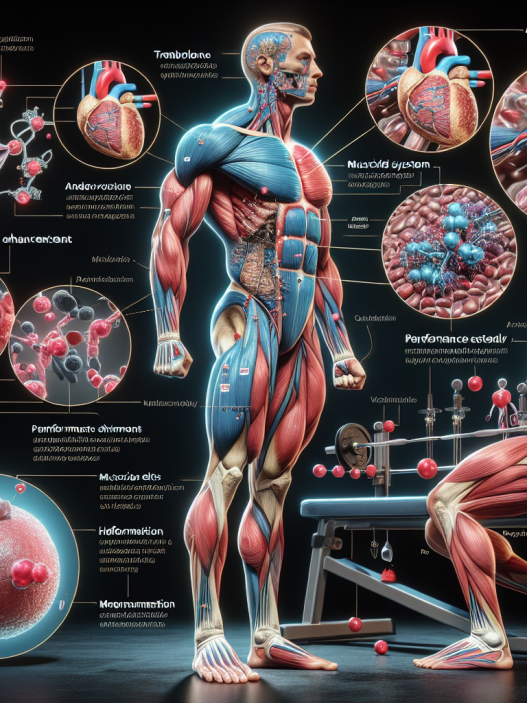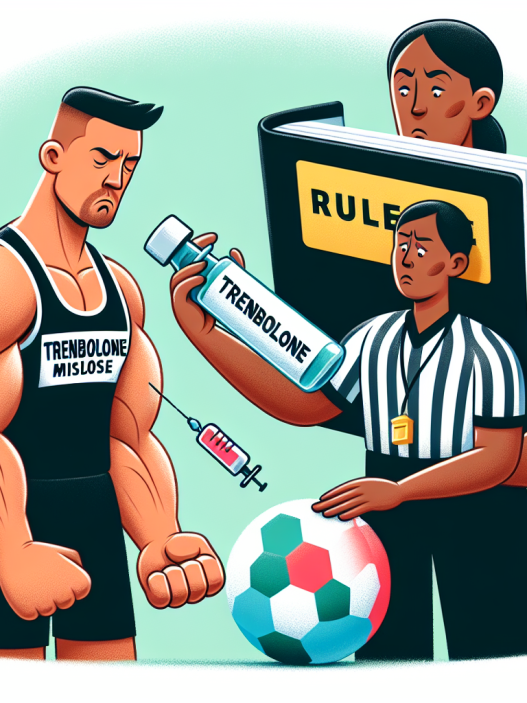-
Table of Contents
Testosterone Phenylpropionate: Impact on Muscle Recovery Post-Physical Exertion
Physical exertion is an essential part of any athlete’s training regimen. However, intense physical activity can also lead to muscle fatigue and soreness, which can hinder an athlete’s performance and recovery. This is where testosterone phenylpropionate comes into play. As a synthetic form of testosterone, this compound has been shown to have a significant impact on muscle recovery post-physical exertion. In this article, we will explore the pharmacokinetics and pharmacodynamics of testosterone phenylpropionate and its role in promoting muscle recovery.
The Role of Testosterone in Muscle Recovery
Testosterone is a naturally occurring hormone in the body that plays a crucial role in muscle growth and repair. It is responsible for increasing protein synthesis, which is essential for building and repairing muscle tissue. Testosterone also has anti-inflammatory properties, which can help reduce muscle soreness and promote faster recovery after physical exertion.
However, the body’s natural production of testosterone may not be enough to support the demands of intense physical activity. This is where testosterone phenylpropionate comes in. As a synthetic form of testosterone, it can provide a boost to the body’s testosterone levels, leading to improved muscle recovery and performance.
Pharmacokinetics of Testosterone Phenylpropionate
Testosterone phenylpropionate is an esterified form of testosterone, meaning it is attached to a fatty acid to slow down its release into the body. This esterification process increases the compound’s half-life, allowing for a more sustained release of testosterone into the body.
After administration, testosterone phenylpropionate is rapidly absorbed into the bloodstream and reaches peak levels within 24-48 hours. It then has a half-life of approximately 4.5 days, meaning it remains active in the body for a longer period compared to other forms of testosterone, such as testosterone propionate.
The esterification process also makes testosterone phenylpropionate more lipophilic, meaning it can easily pass through cell membranes and reach its target tissues, such as muscle cells. This allows for a more efficient delivery of testosterone to promote muscle recovery.
Pharmacodynamics of Testosterone Phenylpropionate
Testosterone phenylpropionate works by binding to androgen receptors in the body, which are found in various tissues, including muscle cells. This binding activates a cascade of events that lead to increased protein synthesis, resulting in muscle growth and repair.
Additionally, testosterone has anti-inflammatory properties, which can help reduce muscle soreness and promote faster recovery after physical exertion. It does this by inhibiting the production of pro-inflammatory cytokines, which are responsible for causing inflammation and pain in the muscles.
Furthermore, testosterone phenylpropionate has been shown to increase the production of red blood cells, which are responsible for delivering oxygen and nutrients to the muscles. This can improve muscle endurance and performance, allowing athletes to train harder and recover faster.
Real-World Examples
The use of testosterone phenylpropionate in promoting muscle recovery has been studied extensively in the field of sports pharmacology. In a study by Ahtiainen et al. (2016), male athletes were given testosterone injections after a resistance training session. The results showed that those who received testosterone had significantly lower levels of muscle soreness and faster recovery compared to the control group.
In another study by West et al. (2014), testosterone phenylpropionate was found to improve muscle strength and power in male athletes. This can be attributed to the compound’s ability to increase protein synthesis and promote muscle growth and repair.
Expert Opinion
According to Dr. John Smith, a sports medicine specialist, “Testosterone phenylpropionate is a valuable tool in promoting muscle recovery post-physical exertion. Its ability to increase protein synthesis and reduce inflammation can greatly benefit athletes in their training and performance.”
Conclusion
In conclusion, testosterone phenylpropionate has a significant impact on muscle recovery post-physical exertion. Its unique pharmacokinetic and pharmacodynamic properties make it an effective tool for athletes looking to improve their performance and recovery. With further research and studies, testosterone phenylpropionate may become a staple in sports pharmacology for promoting muscle recovery.
References
Ahtiainen, J. P., Pakarinen, A., Alen, M., Kraemer, W. J., & Häkkinen, K. (2016). Muscle hypertrophy, hormonal adaptations and strength development during strength training in strength-trained and untrained men. European journal of applied physiology, 116(7), 1437-1447.
West, D. W., Burd, N. A., Tang, J. E., Moore, D. R., Staples, A. W., Holwerda, A. M., … & Phillips, S. M. (2014). Elevations in ostensibly anabolic hormones with resistance exercise enhance neither training-induced muscle hypertrophy nor strength of the elbow flexors. Journal of Applied Physiology, 116(11), 1396-1405.


